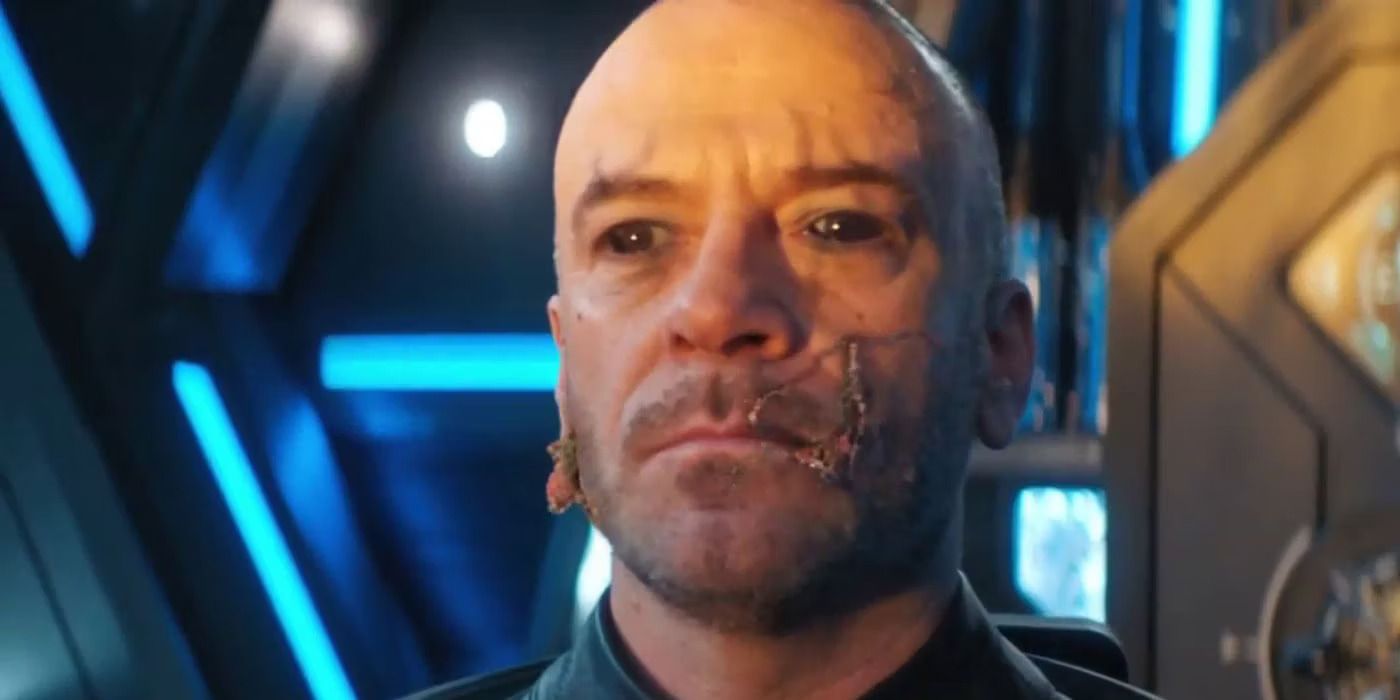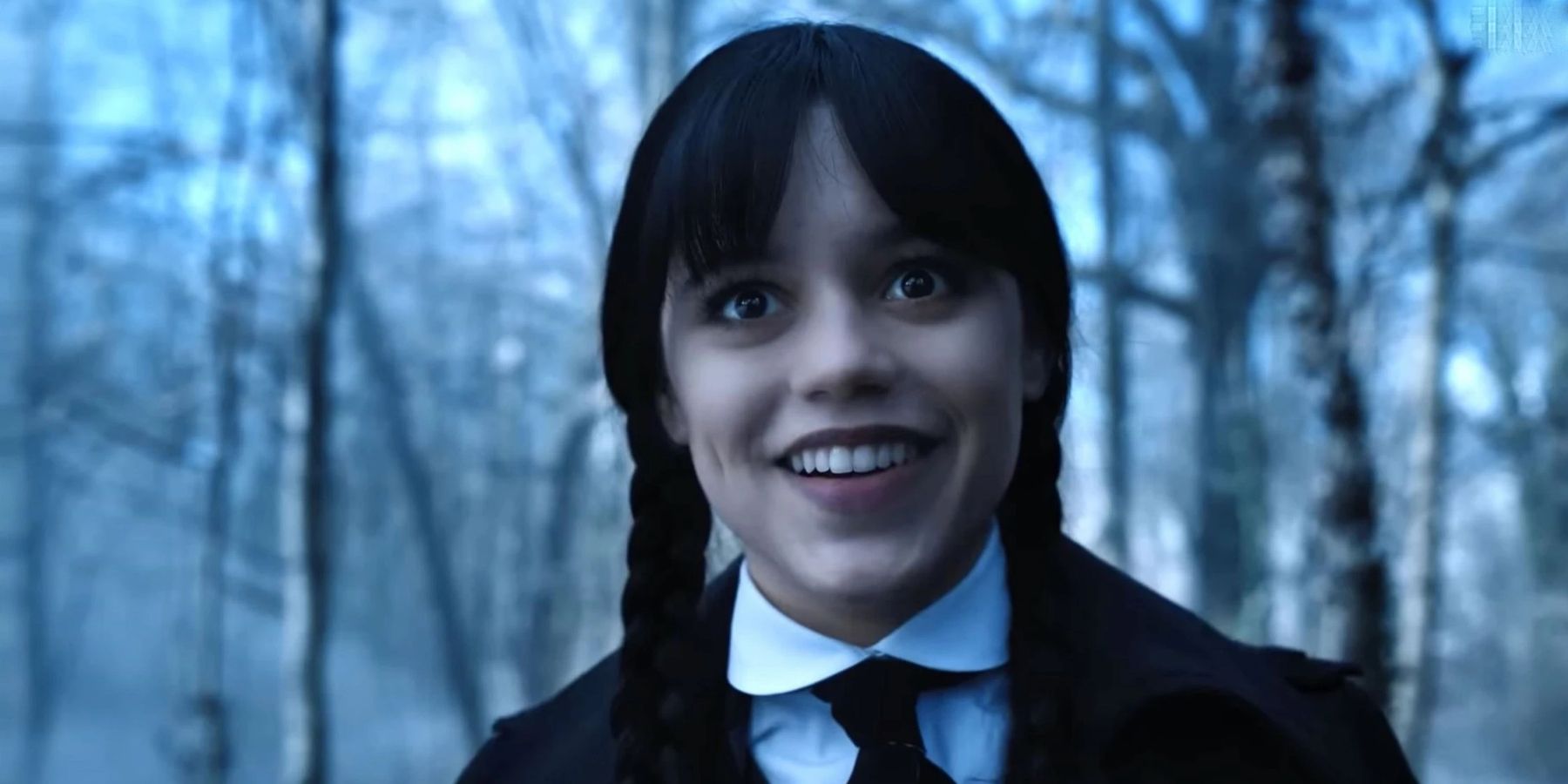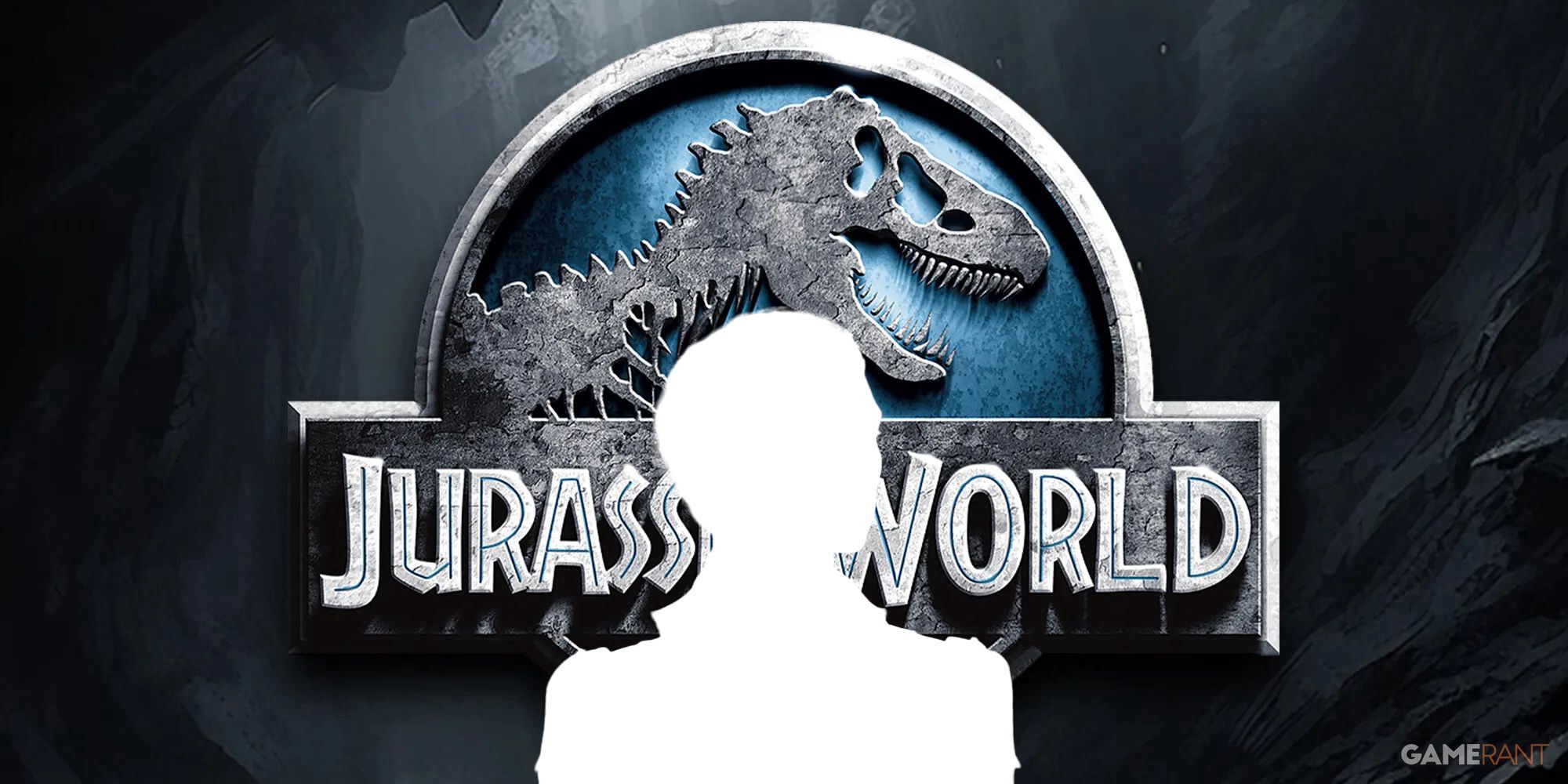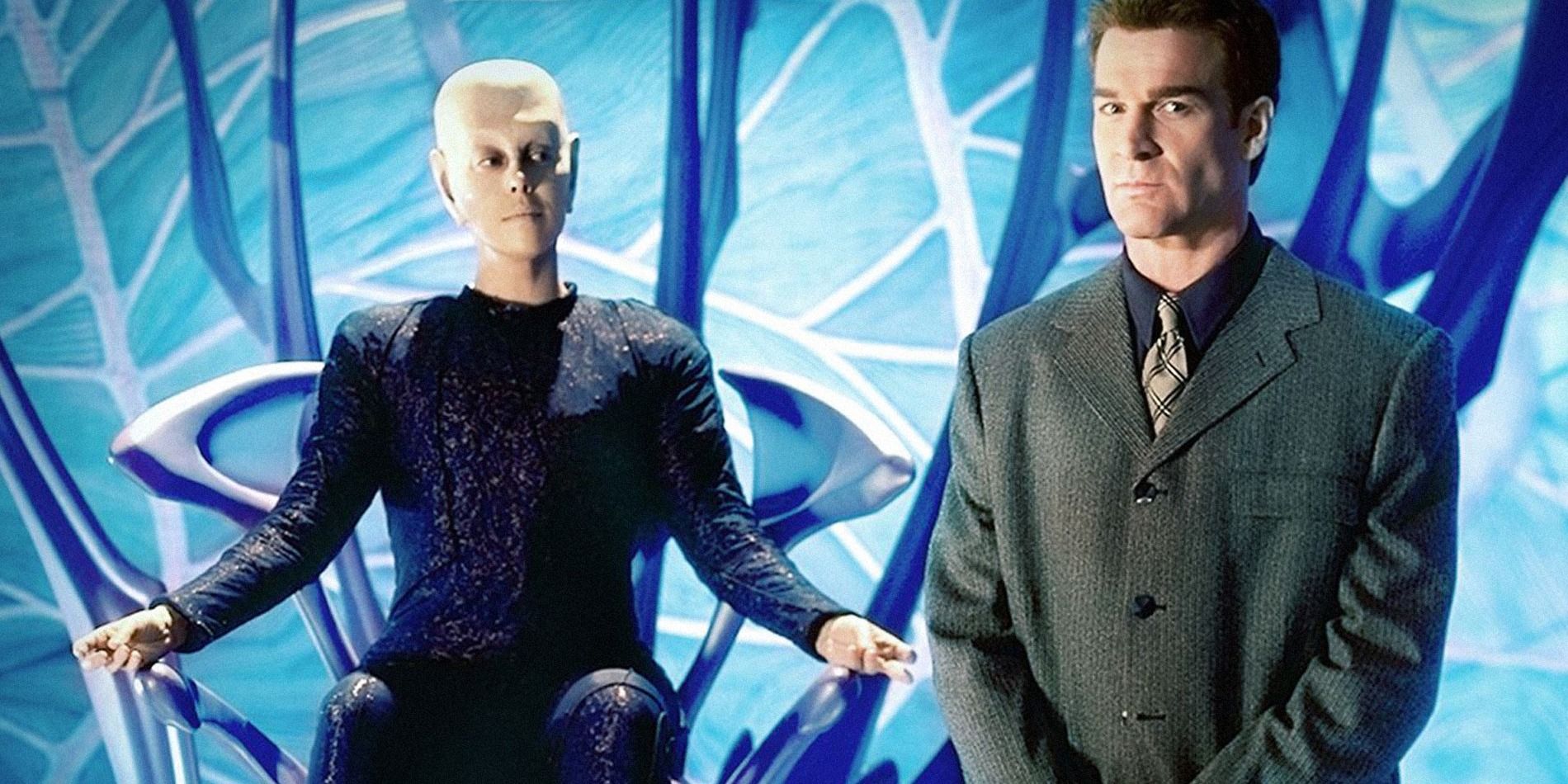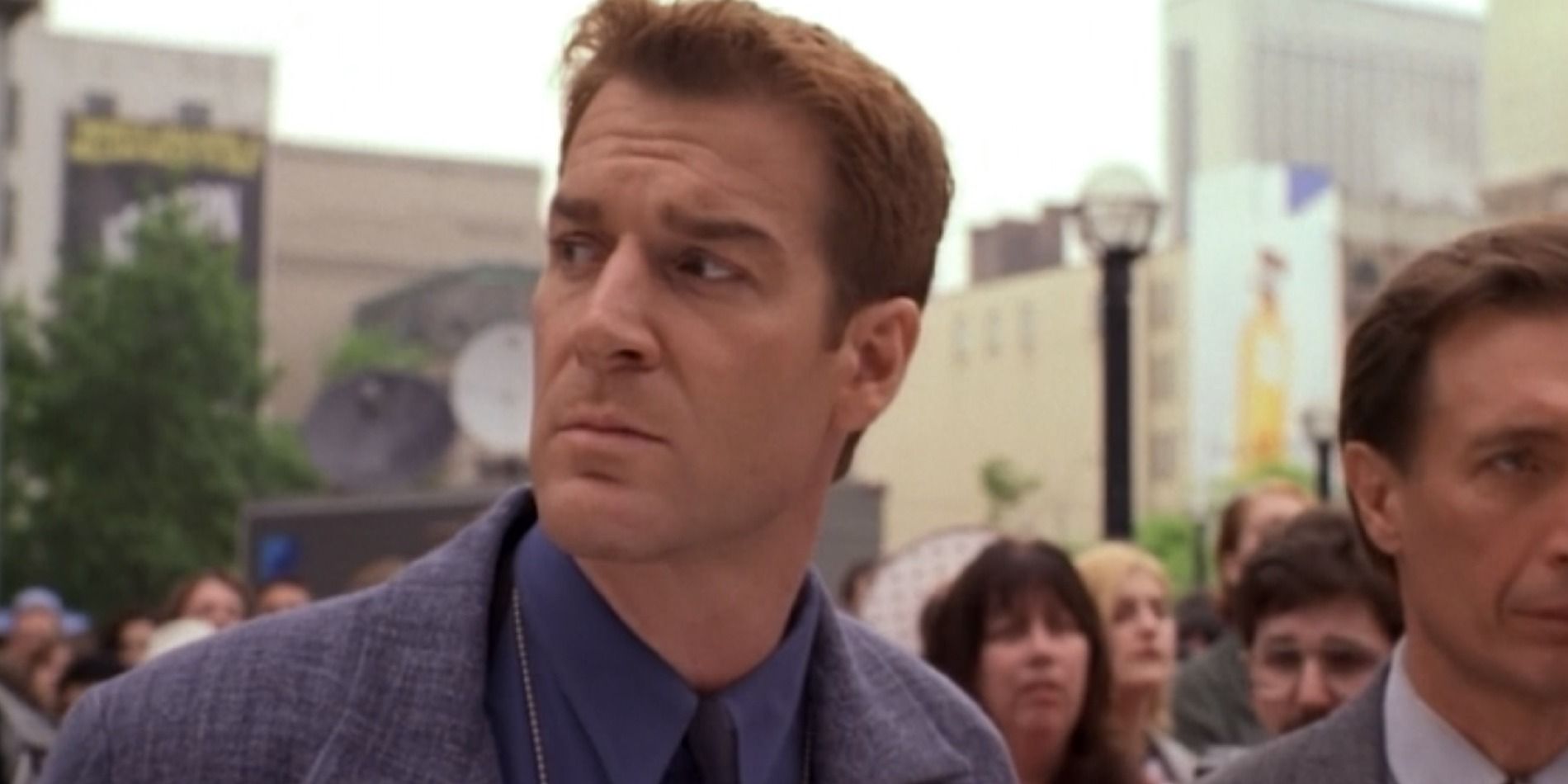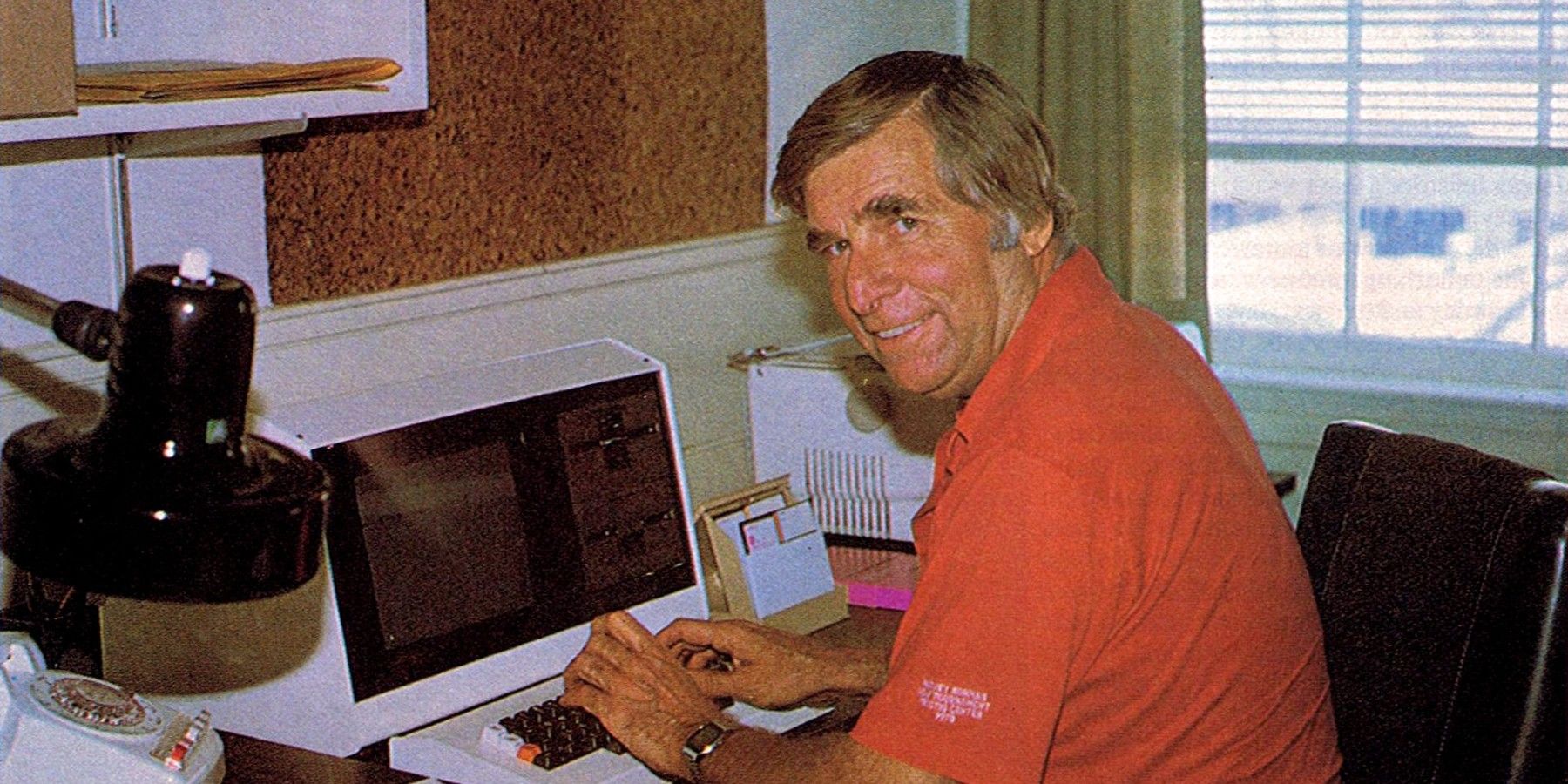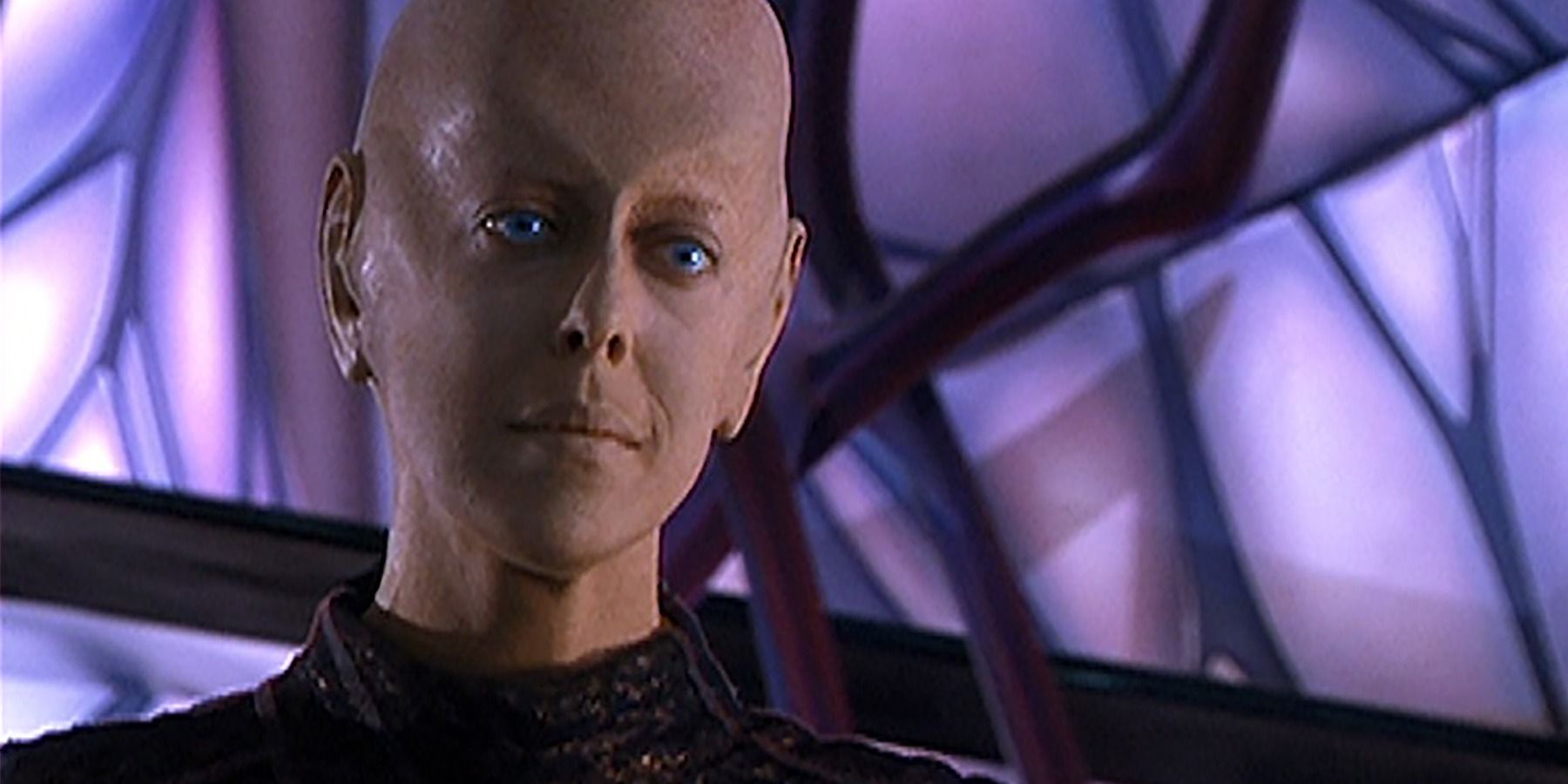Gene Roddenberry's name is automatically associated with the expansive universe of Star Trek. However, an often overlooked gem glimmers in the shadows: Earth: Final Conflict. This obscure TV series, whose final episode has long faded from collective memory, is seldom the first thing that springs to mind when pondering Roddenberry's legacy. Yet despite its obscurity, the sci-fi series possesses undeniable merit that demands recognition on par with its more successful counterpart.
Rooted in the conceptual notes penned by Roddenberry himself, Earth: Final Conflict depicts a captivating narrative that revolves around the Taelons, an extraterrestrial race that descends upon Earth with purported intentions of benevolence. It is a fascinating premise, laden with wonder and trepidation. The concept elicits a surge of excitement among die-hard Roddenberry devotees who embraced this fresh universe.
What is Earth: Final Conflict about?
In Earth: Final Conflict's first season, a span of three years stretches between the arrival of the seemingly compassionate Taelons and the insidious unveiling of their true nature. This ancient alien civilization, donning solid forms to appease the fragile sensibilities of humans, branded themselves the "Companions," swooping in with an arsenal of solutions to all the quandaries that plagued the planet.
Commander William Boone (Kevin Kilner) is a man entangled in the intricate web of Taelon manipulation. He finds himself caught between the clashing tides of loyalty and suspicion. Drawn into the Taelons' fold as a Protector, Boone's skepticism festers, pushing him toward the underbelly of resistance, where humanity's defiance simmers like an underground inferno. He embraces the treacherous role of a double agent in an intricate chess game where trust is scarce and deception thrives.
As the evidence mounts, Boone's conscience becomes the battleground for an inner war. Should he wield the sword of destruction and sever the Taelons' grip on humanity, or should he play the precarious role of mediator, striving to forge a fragile peace? Among the celestial manipulators, one figure captures his attention – Da'an (Leni Parker), a Taelon harboring seemingly noble intentions. The delicate threads of camaraderie form between them, blurring the lines of loyalty and trust as Boone grapples with his own conflicting loyalties.
But just when the Taelons seem to be Earth's greatest threat, a tempest of cosmic proportions erupts. In later seasons, the Jaridians, an opposing alien race, emerge as a force that threatens the very fabric of existence. The shifting alliances and battles of survival reach a crescendo as all factions brace for the collision of species.
How was Earth: Final Conflict developed?
After the original Star Trek ended in 1969, Roddenberry sought new horizons. He pitched his ideas for a sci-fi series called Battleground: Earth to TV networks, hoping to bring his vision to life. Twentieth Century Fox showed interest, but ultimately, Roddenberry's busy life and travels put the project on hold.
In 1991, Roddenberry passed away, leaving Battleground: Earth unrealized. However, in the mid-1990s, his widow, Majel Barrett-Roddenberry, took charge of the project. With determination, she brought the concept back to life under the name Earth: Final Conflict, produced by Tribune Entertainment.
Despite the revival, the show faced the challenge of gaining recognition due to its title change. Nonetheless, Earth: Final Conflict emerged as an intriguing mix of hope and treachery. It carried Roddenberry's legacy, building anticipation for the ultimate clash that awaited Earth. The series aimed to captivate audiences, inviting them to delve into its storyline.
How Does Earth: Final Conflict end?
Regrettably, the producers of Earth: Final Conflict disrupted the established story by abruptly removing the Taelons and introducing the Atavus. This intriguing show initially lures viewers in with its deliberate pace. However, it disappoints by building anticipation, only to dissipate it in uncertainty.
The bold choice to condense the Taelons into a few characters and transform them into the Atavus completely alters the series' direction. No longer are the Taelons portrayed as Earth's supposed allies. Instead, the narrative takes a sharp turn as the Atavus is unleashed upon the unsuspecting planet. They are insatiable energy vampires, feeding on humanity's life force.
The intricate plot of Earth: Final Conflict is further complicated by frequent changes in the cast. Just as viewers adjust to the ever-changing dynamics, the show suddenly introduces new villains in later seasons. This sudden shift undermines much of the intrigue that once surrounded the series, leaving a noticeable void.
It is a pity, because Earth: Final Conflict created an immersive world that defied the norms of its time. Within its complex narrative, the show combines elements of a gritty police drama with the mysterious allure of a double agent's game. It deviates from the militaristic themes often seen in Star Trek, forging its own path and offering viewers something new and refreshing. However, as the focus shifts from the Taelons to the Atavus, the series loses its footing and enters a realm where its once-brilliant essence is diminished.
The Atavus storyline manages to endure for two full seasons before Earth: Final Conflict concluded. Spanning a five-season journey from October 6, 1997, to May 20, 2002, the series leaves behind a legacy of missed opportunities. Its exceptional world-building remains unmatched, a testament to its ability to transcend the television landscape of its time. Sadly, its premature end leaves a feeling of unfulfilled potential.
The success of Earth: Final Conflict remains a subject of debate among loyal Trek followers. However, one aspect is universally praised: the portrayal of the Taelons. These otherworldly beings, played exclusively by women, transcended traditional gender norms. Their existence went beyond the confines of male or female, presenting a nuanced exploration of gender nonconformity — an unexplored territory in television at the time. Despite being referred to with masculine pronouns, the Taelons introduced the concept of non-binary representation, gently nudging society towards accepting diverse gender expressions.
If Roddenberry himself had witnessed the realization of his vision, Earth: Final Conflict would have undoubtedly taken a different path. However, dismissing it as a futile endeavor would oversimplify the situation. For those familiar with Roddenberry's body of work, his creations possess an enduring quality. It is a legacy destined to outshine the insignificance of our mortal existence, radiating beyond the limits of our understanding.

